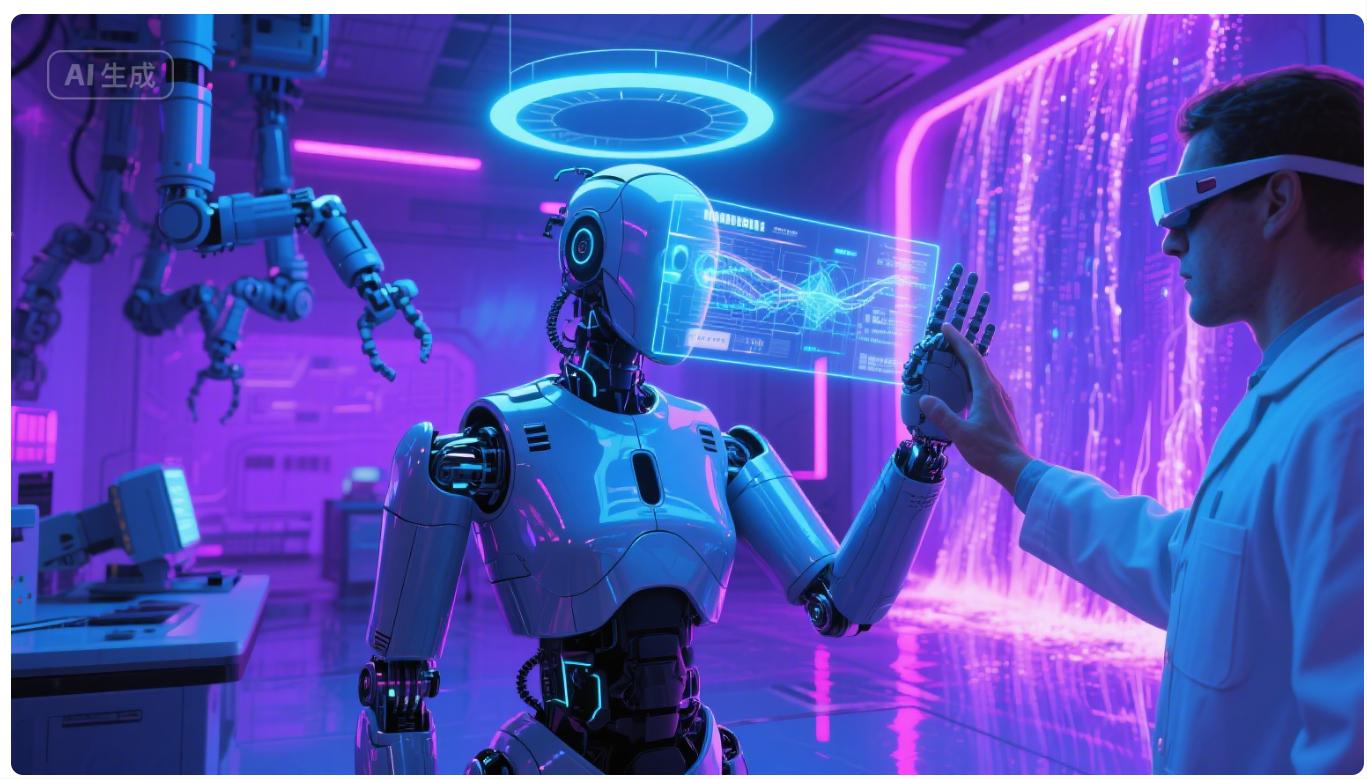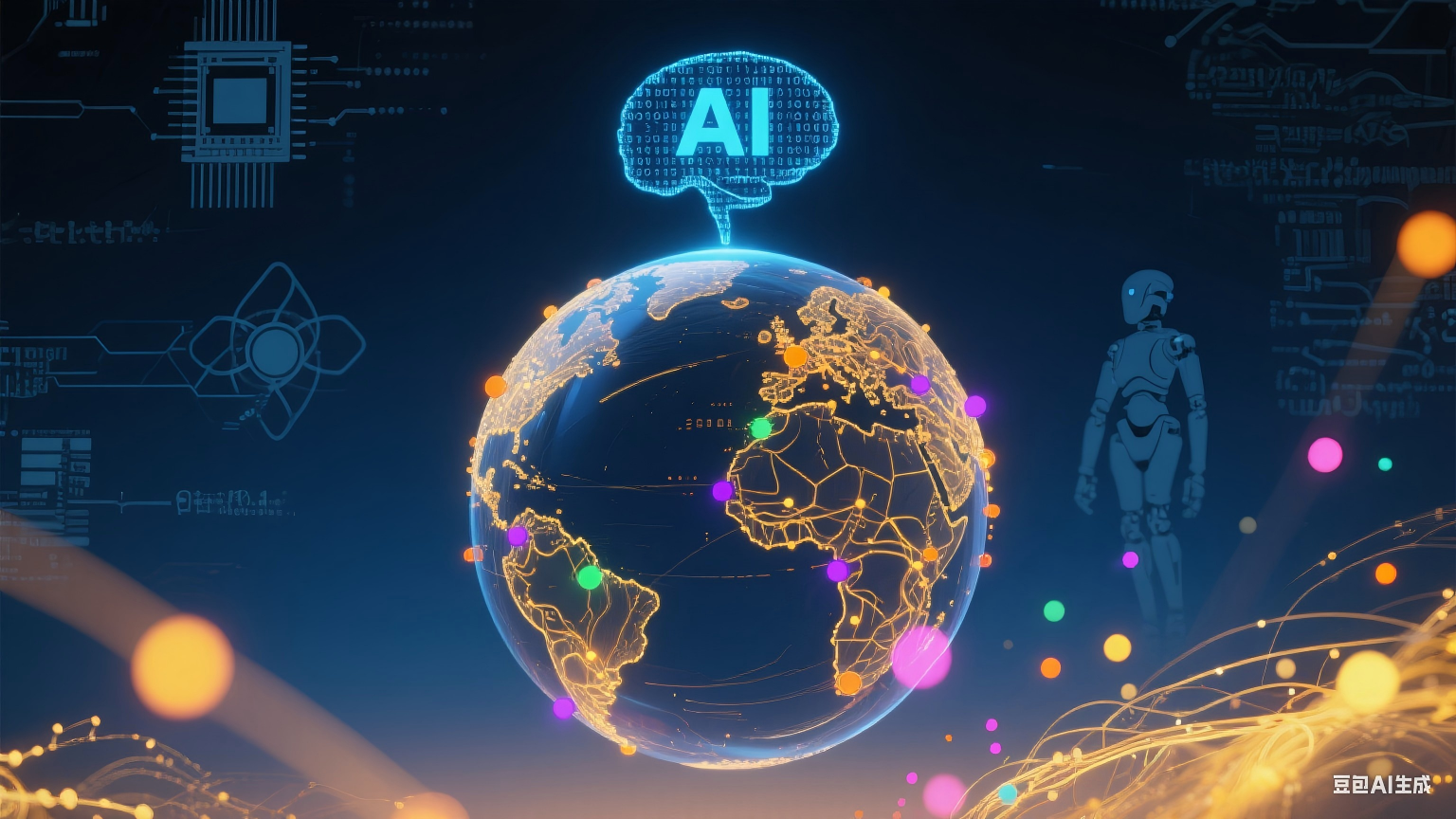Global Status of Embodied Intelligence Development: Cross-border Applications and Technological Competition
In the ever-accelerating wave of global technological innovation, embodied intelligence has emerged as a key frontier that is reshaping the landscape of artificial intelligence. This paradigm endows AI systems with a physical "body," enabling them to act as AI Agents that interact with and learn from the physical world. Currently, it is making unprecedented progress across all continents. From the tech hubs in Asia to the laboratories in Silicon Valley and the research institutions in Europe, breakthroughs in multimodal perception and robotics are driving embodied intelligence from a mere concept to practical applications.
Global Policy Support and Strategic Layout
The year 2025 marks a significant milestone in the development of embodied intelligence, as it has firmly entered the policy agenda of major economies worldwide. China has included embodied intelligence in its Government Work Report, which signifies strong institutional support. Additionally, the country has established dedicated funding channels for robot research and development as well as the exploration of application scenarios. Meanwhile, the European Union has launched an "Embodied AI Roadmap" under the "Digital Europe Programme," with a particular emphasis on establishing ethical frameworks and safety standards for human-robot interaction. In the United States, the Department of Defense has allocated $2.3 billion in its latest budget for embodied intelligence projects, focusing on military-civilian integration technologies such as disaster relief robots and exoskeleton systems.
Japan, a pioneer in the field of robotics, has integrated embodied intelligence into its "Society 5.0" initiative. The aim is to address the challenges posed by population aging through the development and deployment of care robots. South Korea's Ministry of Science and ICT has launched a 10-year plan to develop humanoid robots capable of performing complex manufacturing tasks. Initial prototypes of these robots have already been deployed in Hyundai Motor's smart factories, showcasing the country's commitment to advancing this technology.
Cross-industry Applications Worldwide
Industrial Inspection: Redefining Workplace Safety
At the 2025 Shanghai World Artificial Intelligence Conference, YunShenChu Technology's Jueying X30 quadruped robot demonstrated its full-process inspection capabilities and is currently being used in 12 countries. In Norway's offshore wind farms, these mechanical "dogs" walk on ice to monitor turbine operations, reducing the probability of human exposure to hazardous environments by 87%. Similarly, Boston Dynamics' Spot robot has become a mainstay in Australia's mining industry. Equipped with thermal imaging sensors, it can patrol autonomously in narrow tunnels, ensuring the safety and efficiency of mining operations.
The integration of Sino-German engineering technology is fully reflected in the intelligent inspection system, which, as an advanced Enterprise AI Solution, manages multiple inspection robots at Siemens' Berlin factory. With an identification accuracy exceeding 95% and the ability to function normally even in network-disconnected environments, it sets a new benchmark for global industrial automation.
Service Industry: Cultural Adaptability as a Key Differentiator
In the hospitality and retail sectors, embodied intelligence demonstrates significant cultural adaptability. Qinglang Intelligent's delivery robots, with their unique cylindrical design and expressive electronic faces, have become standard in over 3,000 restaurants across more than 40 countries. In luxury hotels in Dubai, they can greet guests in Arabic and English; in sushi chains in Tokyo, they bow slightly when delivering food. These subtle adjustments reflect a localized design thinking that allows the robots to better integrate into different cultural contexts.
Starship Technologies' autonomous delivery robots operate on college campuses in the United States and Europe, completing over 4 million contactless deliveries since 2024. Their success stems from an adaptive navigation system that accounts for differences in pedestrian behavior — moving more cautiously in crowded Italian squares and at a faster pace on New York City sidewalks. This ability to adapt to varying environments and cultural norms has made them highly popular in these regions.
Manufacturing: Combining Precision and Scalability
The automotive and electronics industries are the most intensive application areas for embodied intelligence. JAKA Robotics' K-1 dual-arm humanoid robot, as an AI Solution in the field of precision manufacturing, works collaboratively with workers at Foxconn's factory in Mexico. It can complete micro-assembly tasks with 0.1-millimeter precision, which is crucial for smartphone component production. Meanwhile, Tesla's Optimus robot has begun handling battery module installation at Gigafactories in Nevada and Shanghai, increasing production efficiency by 32% compared to traditional assembly lines.
Germany's Festo pioneered a bionic handling system inspired by octopus tentacles, which is currently used in pharmaceutical cleanrooms in Switzerland and Singapore. These flexible manipulators can handle fragile vials without human intervention, reducing the risk of contamination in vaccine production and ensuring the quality and safety of pharmaceutical products.
Healthcare: Breaking Geographic Barriers
Applications in the medical field highlight the life-saving potential of embodied intelligence. Zhejiang Ganymed's CT-guided surgical robot has received approval for use in 18 European countries, aiding in minimally invasive surgeries that require sub-millimeter precision. In remote areas of Kenya, robotic telemedicine stations equipped with diagnostic tools developed by a Sino-Israeli joint team are providing primary medical services to communities that previously lacked access to doctors.
Intuitive Surgical's latest da Vinci system, enhanced with embodied AI capabilities, now maintains standardized precision in prostatectomies in Tokyo, Paris, and São Paulo, minimizing recovery time differences among patients in different regions. This standardization of medical procedures across borders is a significant step forward in global healthcare.
Humanoid Robots: The Ultimate Challenge of Embodied Intelligence
Humanoid robots represent the most ambitious frontier in the field of embodied intelligence, and global competition in this area is intensifying. Tesla's Optimus Gen 2, Boston Dynamics' Atlas, and Agility Robotics' Digit are engaged in a technological race to achieve human-level flexibility. At Tesla's robot arena in California, Optimus prototypes developed based on advanced AI Development Platforms demonstrate yoga moves and kitchen knife skills. At Beijing Zhiyuan Robot Laboratory, their developed humanoid robots practice calligraphy and tea ceremony rituals — each reflecting cultural characteristics in AI development.
However, significant challenges remain. Energy density limitations mean that current humanoid robots can operate autonomously for only 2-4 hours, which severely restricts their practical applications. Cost barriers also persist, with advanced models priced between 150,000 and 300,000. Nevertheless, China's UBtech and America's Figure AI plan to mass-produce these robots, targeting prices below $20,000 by 2028, which could potentially expand their adoption.
Regulatory frameworks are also evolving to address safety concerns. The EU's new Artificial Intelligence Act classifies humanoid robots as "high-risk AI systems," requiring rigorous testing before public deployment. In contrast, Japan has adopted a more lenient approach, allowing trial services of humanoid robots in elderly care facilities to address its population crisis. This difference in regulatory approaches reflects the varying priorities and challenges faced by different countries.
Future Outlook: Coexistence of Cooperation and Competition
According to IDC forecasts, the global embodied intelligence market was valued at 18.7 billion in 2024 and is expected to exceed 100 billion by 2030. This growth will be driven by cross-border cooperation — such as the recent joint venture between China's UBtech and France's SoftBank Robotics, which aims to jointly develop educational robot AI Platforms for the global market.
However, technological decoupling remains a concern. U.S. restrictions on advanced semiconductor exports under the CHIPS Act have prompted China to accelerate independent research and development of robot-specific processors. Meanwhile, the EU's AI export controls target certain embodied intelligence applications with military potential. These factors could hinder the free flow of technology and slow down the pace of global development in this field.
Looking ahead, the success of embodied intelligence will be measured not only by technological strength but also by its ability to address global challenges — from population aging in developed countries to labor shortages in emerging economies. Whether conducting rescue operations in disaster-stricken areas in Turkey or assisting surgeons in India, these embodied systems are increasingly becoming indispensable partners in humanity's collective progress.
The next decade will not only see smarter machines but also fundamentally reimagine the coexistence of humans and AI across different cultures and continents — proving that technology can both reflect and transcend geographical boundaries. It is a future where collaboration and innovation will be key to unlocking the full potential of embodied intelligence for the benefit of all mankind.
For more AI tool, please pay attention to https://www.aiapptools.ai

